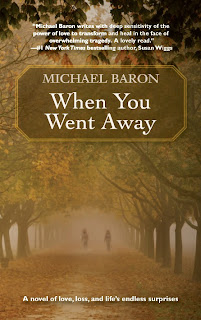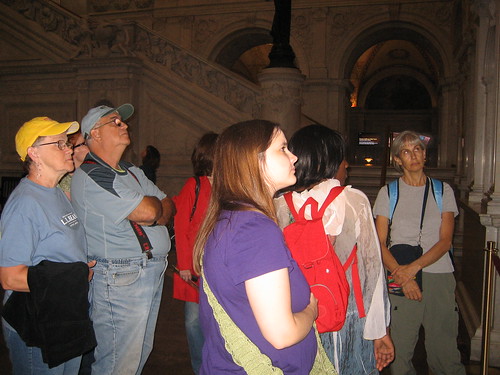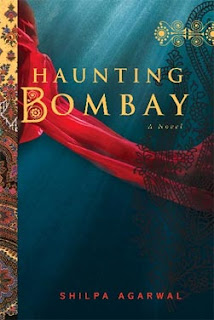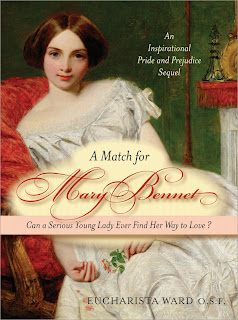
Laura Brodie, author of The Widow’s Season, will be in Silver Spring, Md., tonight, Oct. 15, 2009, at 7 PM.
Where:
The Pyramid Atlantic Art Center
8230 Georgia Ave
Silver Spring, MD 20910
Who:
Laura Brodie, author of The Widow’s Season
Kim Roberts, editor of Beltway Poetry Quarterly and author of the poetry collections The Kimnama and The Wishbone Galaxy
Cynthia Atkins, author of the poetry collection Psyche’s Weathers
Lesley Wheeler, author of the poetry collection Heathen
I’m going to try to make it to the reading if anyone is interested in hanging out. I’ll probably be bringing my copy of The Widow’s Season and maybe meeting Laura in person–maybe she’ll autograph it for me.
Look for my review of this book next week.
In case you’ve missed them, check out my interview with Laura at D.C. Literature Examiner.
***Also, please leave a comment as to which tweet bird you like. They are in the left hand column. Check them out.***
 Margaret Campbell Barnes’
Margaret Campbell Barnes’ 
















